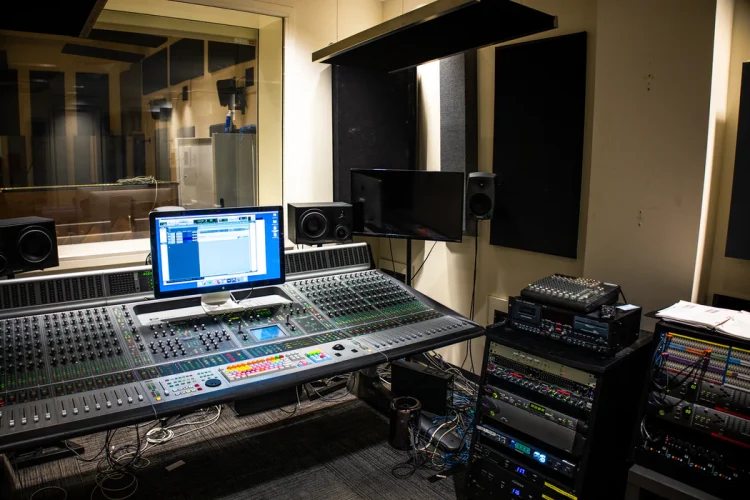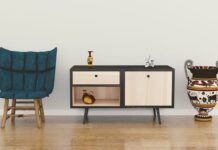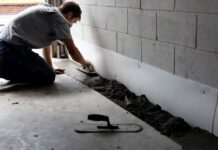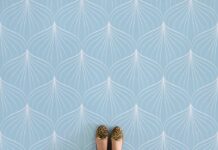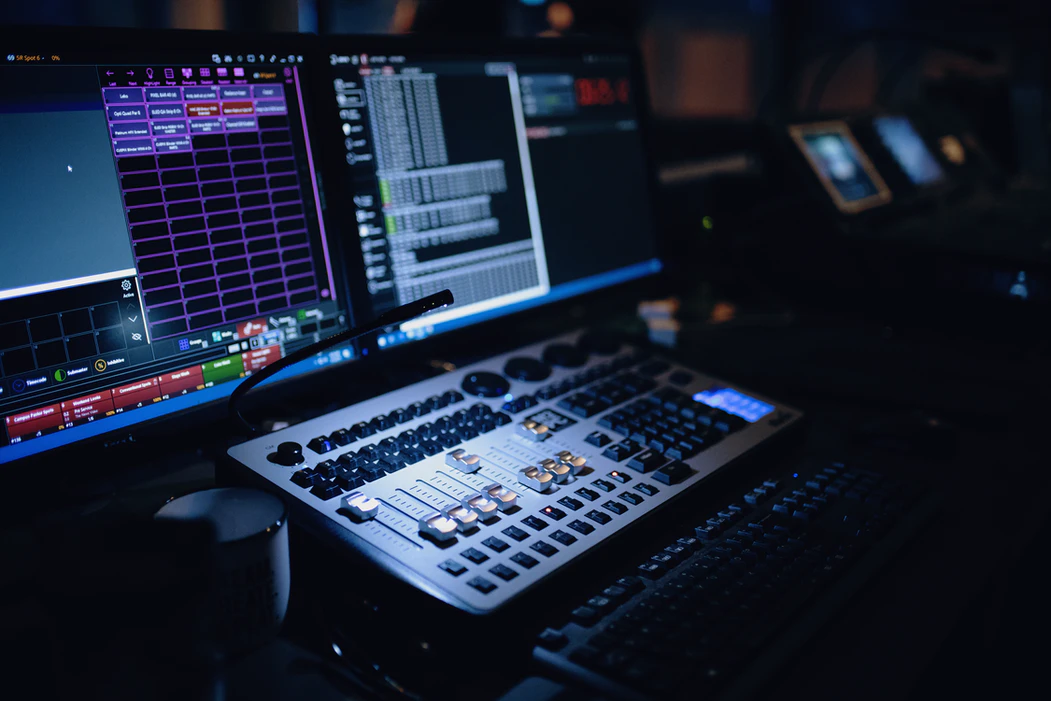
Home studios are becoming increasingly popular. As a result of the coronavirus epidemic, many of the performers, sound engineers, and musicians make the decision to build their own home studio where they can continue working. However, to turn a room into a studio, we need to consider a lot of important factors.Of course, the first and most important aspect is the location where we want to design the studio. It can be either a room in our own home or a garage, workshop or an unused storage room.
In the case of a studio, it is also irrelevant what material the walls are made of and what furniture is used to decorate the studio room. Maybe we have all experienced how much speech or music echoes in a completely empty, bare room, so if we want to create a really well-functioning home studio, the first and most important step should be to improve and manage the acoustics of the room!
To do this, it is recommended to look for acoustic specialists, who usually perform an acoustic measurement in advance using computer programs so that they can determine exactly where, what and how many acoustic panel products are needed. Acoustic advice was provided by the French company Perfect Acoustic: http://perfectacoustic.fr/
Acoustics is very important!
It is also necessary to place sound-absorbing and diffuser acoustic elements on the walls and ceiling, as sound absorption and bass attenuation alone are not enough to create a perfect sound. Balanced, harmonious acoustics also require ideal handling of reflected sounds, aided by diffusers. It is also important to involve acoustic professionals in the management of the studio, as this will avoid the case of so-called over-attenuation.If the studio is surrounded by glass walls or there are a lot of window surfaces, apply thick, acoustic sound-absorbing curtains in front of the glass surfaces.
Not only do they improve acoustics, but they also attenuate external noise, ensuring that the quality of a sound recording or mix, for example, is perfect.Floor surfaces should not be forgotten either, as large, smooth, hard surfaces such as wood floors or tiles, or even linoleum, reflect sounds, thus creating echoes. The solution to this problem is acoustic sound-absorbing mats, which are thick and densely woven and can absorb several decibels of sound.We can even place upholstered furniture, chairs or sofas in our studio. Not only do these pieces of furniture play a role in home furnishings and design, they are also able to absorb all the sounds, if not to the same extent as products made specifically for acoustic purposes.If a high-ceilinged room is converted into a studio, ceiling panels must also be placed on the ceiling, which also absorb upward-sounding sounds and thus prevent unpleasant interferences and standing waves, which also degrade the quality of the sound materials.
It is a misconception that cheap egg boxes, or styrofoam, sponge wall panels will be effective in treating acoustics, as these materials have a cellular structure, so they only absorb treble, they can’t do anything with bass sounds, so our main problem remains the same and we can even make the studio sound even worse with these shoddy products. If you have managed to make our studio acoustically ideal, you should also get the equipment and fixtures.
Audio, hifi technology
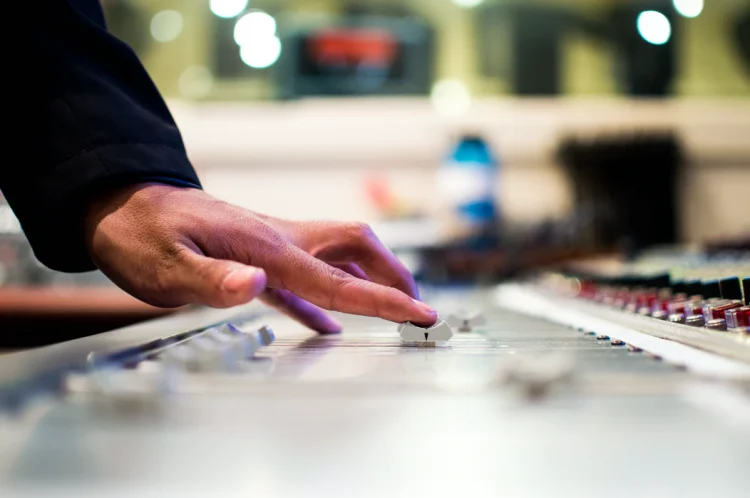
A computer or laptop is essential for studio work, so of course the most important thing is to get a laptop or computer for the right studio work, with the right quality sound card needed for perfect sound processing, preferably microphone and line level inputs, and more computer monitors. Both the monitor speakers and the microphone are an essential part of a studio.
Great attention must be paid to the ideal placement of the speakers, and acoustic professionals can help with this as well. It is a good idea to place the speakers at head height, equidistant from each other and from the listening position. When editing audio on a computer, it is recommended that you listen to close-up monitors at a moderately low volume to prevent ear fatigue. It is also worth setting a lower volume during post-production, as this will make it easier to hear very oreous treble and unnecessary repression.
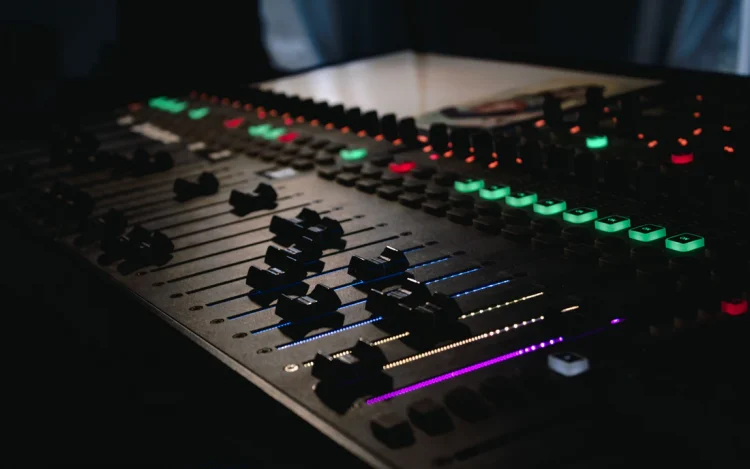
We place the tweeters exactly at ear level, this is very important! The speakers sound completely different when tilted. Try not to place the speakers in the corners! If you have no other choice and are forced to put the speakers in the corners, leave a minimum distance of 1.5 meters between the speaker and the corner to avoid unwanted bass sounds. Polygonal (and rectangular) rooms are much more acoustically advantageous than square ones. If possible, place the larger speakers parallel to the longer wall so that the sound has to travel as far as possible before returning.
We’ll need a headphone, and even a controller, a midi keyboard, and music mixing console if someone needs it for work. It is very important to get good quality microphones and a sound card if you want the perfect result. It is recommended to choose large-diaphragm condenser microphones for studios.
Of course, the right furniture is also important for our home studio, which is both functional and comfortable. It is recommended to place a DJ table and a swivel chair in our studio room. The lights, the lighting should be a little dimmer, dimmer than usual, because during editing work we look at the computer screen for a long time and our eyes get tired sooner if the light in the room is too strong.
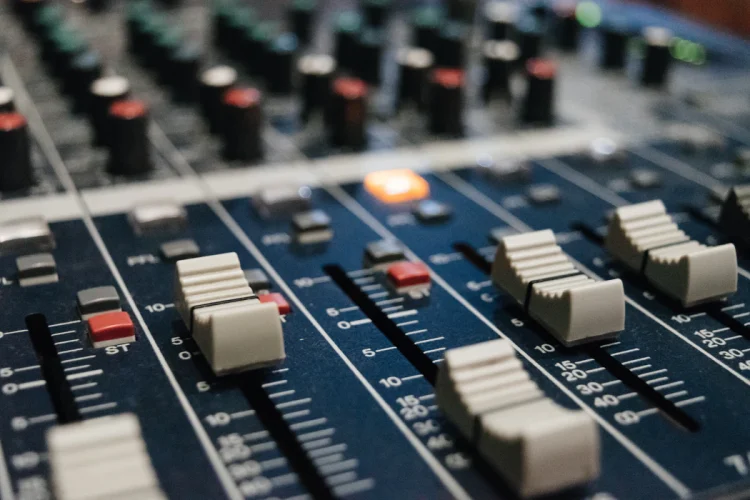
It’s also worth knowing that the more technical and electrical equipment you use in your studio, the more noise they generate, which can certainly degrade the quality of the sound material. This is why acoustic treatment is essential.
You don’t have to despair if the first few shots don’t sound too professional. No matter what recording software you choose, you need to play with the sound settings and learn to mix the music to get the sound you want. Obtain an internal or external hard disk drive and do not use it for anything other than audio recordings. High-quality, uncompressed digital audio files take up a lot of space.
Summary
To design a truly well-functioning studio, make sure you get the right equipment and facilities and pay close attention to the acoustic management of your studio room as well!

